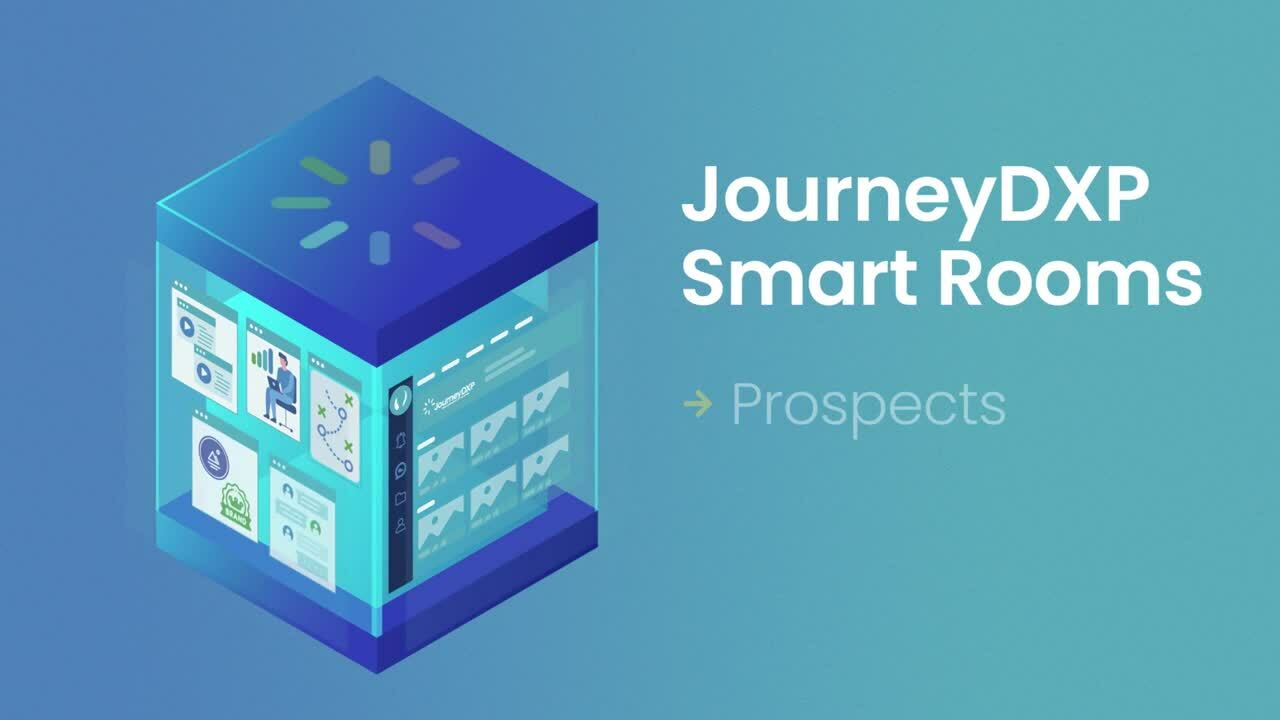Vox Media’s Recode has a great podcast called Too Embarrassed to Ask. The general gist: two veteran tech reporters answer tech-related questions that folks might be afraid to ask for fear of looking, well, embarrassed. Recent episodes include “How do I start making my home ‘smart’?” and “Why are drone laws so confusing?” And that got us thinking. In the account-based marketing and account-based selling worlds, we often gloss over (or skip entirely) the differences between the two. That likely happens for one of two reasons. Either the person talking about account-based selling and account-based marketing doesn’t fully know the difference between the two or they’re assuming that their audience already knows the difference—and we all know what assuming does…
Now while most “the difference between A and B” articles start to feel like a Bronte novel (any Bronte applies), we thought it’d be handy to have a short, concise rundown on the differences between account-based marketing and account-based selling. Enjoy…
Account-Based Marketing
Ultimately, account-based marketing is about leads and nurturing through more focused targeting. It’s everything that happens up until the point that a lead is real revenue potential. Account-based marketing is about running existing marketing programs or campaigns (i.e., webinars, tutorials, ebooks, articles, etc.) through existing marketing channels to a set of accounts. It’s a calculated effort that hooks and nurtures leads by creating a sense of need. Said differently, account-based marketing is educating an audience on what needs to be done, not how to do it.

Account-Based Selling
If ABM is lead-centric, then ABS revenue-centric. It complements account-based marketing and supports the progressive activities of the sales process. Buyers and sellers progress down a single, innovative and compelling experience. This experience is all about collaboration: buyer and seller communicating and educating. And it’s also about timely content (think: whitepapers, case studies, data sheets, etc.) delivered to the right people in the right context. Sales teams that embrace account-based selling end up better knowing their buyer; they can gauge their customer’s digital body language so that they can continue to give them what they need to reach internal consensus and, ultimately, buy.
At the end of the day account-based marketing and account-based selling are symbiotic. They work in tandem. When they complement each other, good things happen. And by good things, I mean revenue growth. Not many sales and marketing leaders will argue with that.
POPULAR
The Imperative Alignment of Sales and Marketing in the Digital Age
In today's hyperconnected and rapidly evolving business, communications, and technology landscape, the convergence of sales and marketing functions has become more pronounced than ever before. Alignment between sales and marketing teams has emerged as a critical determinant of success. This blog delves into why it has become more essential than ever for sales and marketing teams to be fully aligned in their prospect and customer engagement strategy and explores how digital sales rooms serve as potent tools in facilitating this alignment and fostering enhanced customer engagement.
RELATED
How Sdrs Can Engage And Develop Every Contact And Account
Remember when you made a phone call and someone picked up and listened? Or when you sent an email and someone replied? Me neither. The truth is, only 19 percent of buyers want to connect with...




